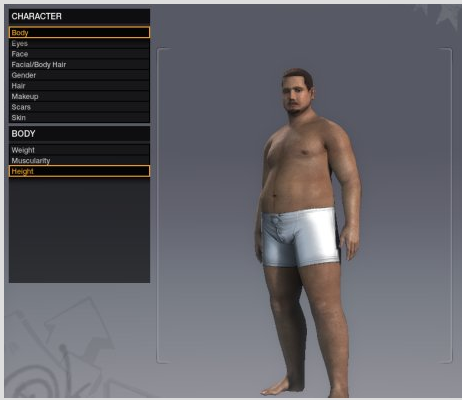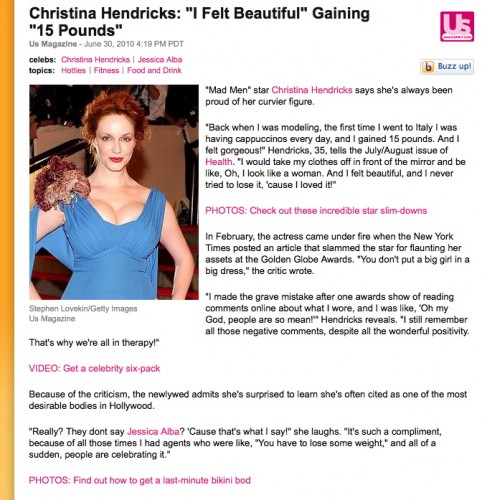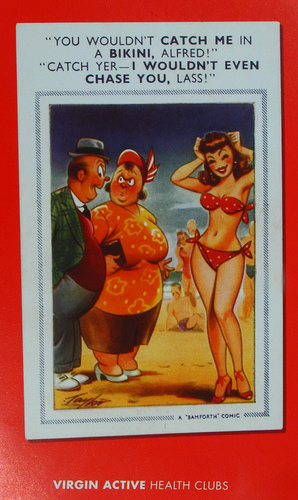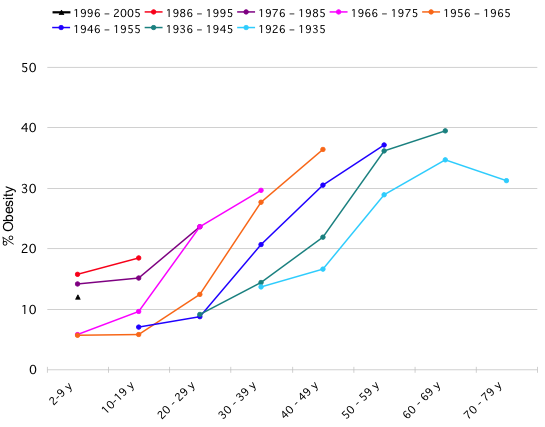
Prolific sender-inner Dmitriy T.M. found a fascinating PSA from the New York State Department of Health aimed at encouraging women to breastfeed (via the NYT). What’s their angle? Why, breastfeeding as a diet plan, of course! See for yourself:
They certainly manage to get the tone of a diet commercial down perfectly. And don’t ever forget, ladies: one of your main responsibilities as a new mom is to lose the weight as quickly as possible.
As Lauren Feeney points out at The Daily Need, getting women to increase rates of breastfeeding will likely require more than efforts to change individual behaviors — it requires changes in the workplace and family leave policies that make it possible for women to realistically combine breastfeeding with the demands of their jobs.









